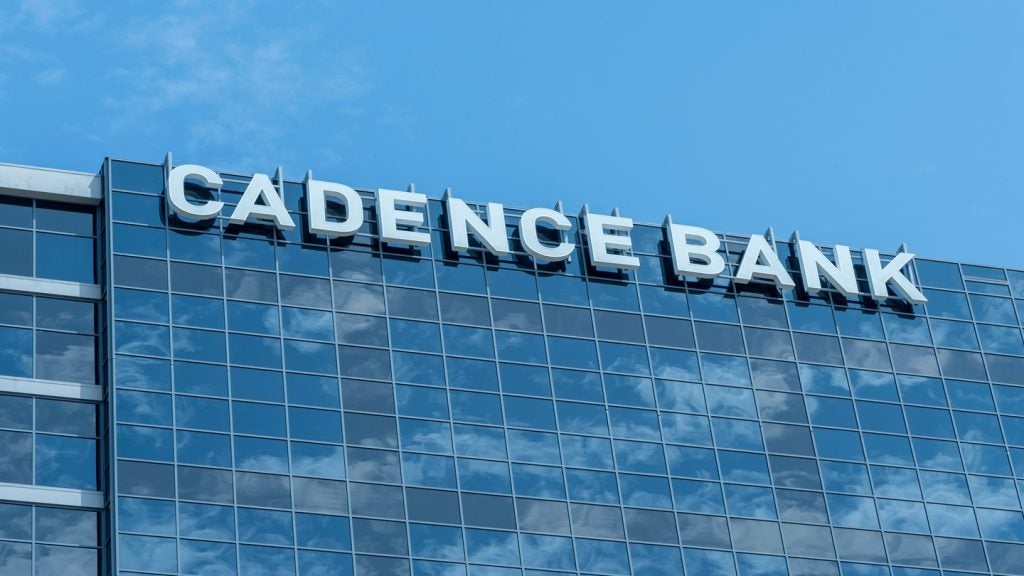Banca Monte dei Paschi di Siena has mapped out a three-year
vision for the group following its acquisition of Antonveneta. It
involves a widespread restructuring of the group, including a new
head for Antonveneta, change at BMPS’s two co-operative
subsidiaries and a focus on the north of Italy. William
Cain reports.
Italy’s Banca Monte dei Paschi di Siena (BMPS) has outlined a
three-year plan to raise profit before tax by 10.5 percent a year
and integrate Antonveneta, its recent €9
billion ($14.22 billion) acquisition.
BMPS, which admits it paid a high price for the north-east
Italian bank from Santander, estimates it can create synergies of
€732 million by 2011, mostly through cost cutting, following the
integration.
Daniele Pirondini, CFO of BMPS, told RBI: “The price is
high because Antonveneta is one of the last retail banks in Italy –
it’s rare stuff in this market.”
The ‘new Antonveneta’ and the group’s other subsidiaries will
continue to operate under their own brands, and focus on their core
regional markets, although corporate structures will be
reorganised. BMPS wants to retain the value of the various banking
brands it operates in different regions across Italy, but will cut
costs where there is branch and management overlap between
them.
Antonveneta remains headquartered in Italy’s wealthy north-east and
will expand further in that region. It will be headed by Giuseppe
Menzi, who was general manager of BMPS’s Banca Agricola Mantovana
(BAM) co-operative subsidiary from 2001 to 2006.

US Tariffs are shifting - will you react or anticipate?
Don’t let policy changes catch you off guard. Stay proactive with real-time data and expert analysis.
By GlobalDataThere is also little change for BMPS’s other retail banking
subsidiary, Biverbanca, which operates in the north-west. But the
group’s co-operatives, BAM and Banca Toscana, will no longer have
headquarters and boards in their traditional regions as part of the
cost saving measures.
The plans also include a widespread reorganisation of the
group’s corporate and private and wealth management businesses,
including the set-up of a new unit dedicated to high net worth
individuals.
BMPS estimates the integration of Antonveneta will lift group net
profit to €2.2 billion by 2011, up from the record €1.44 billion in
2007. Return on equity is forecast to rise to 12.8 percent.
Those figures will mostly be achieved through cost savings –
cost-cutting is expected to save €476 million by the end of the
plan, with an 11 percentage point reduction in the cost-income
ratio to 47 percent. Revenues are expected to rise by €256 million,
and Tier 1 capital to improve from 6.2 percent to 7 percent.
BMPS said the continuing evolution of its distribution channels
would be a vital part of its plan, which includes its e-banking
brand Banca Infinita. Improving distribution would help client
acquisition, enhance cross-selling and reduce the branch
cost-to-serve ratio, the bank said. BMPS will also strengthen its
consumer credit and cards business, Consum.it, which currently has
a market share of around 5 percent.

Net profit jumped 58 percent
For full-year 2007, BMPS’s net profit jumped 58 percent to €1.4
billion, mainly because of the sale of a 50 percent stake in its
life and savings insurance business MPS Vita to French insurer AXA.
Net operating profit was up 6.7 percent.
Aside from the headline figures, the bank made significant progress
in a number of key retail performance indicators.
Loan sales were up 13.1 percent year-on-year compared to an
industry average of 10.3 percent, mortgages increased 22 percent
and savings 15 percent.
Customer numbers increased by 150,000, with an acquisition rate
of 8.3 percent compared to 7.1 percent in 2006.
The retention rate, a key measure of customer service, also
improved from 93.5 percent in 2006 to 94.9 percent. The bank’s
cost-income ratio declined from 59.6 percent to 58.4 percent.
BMPS’s integration of Antonveneta comes after a wave of
consolidation in the Italian banking market. The Siena-based
business became Italy’s third-largest bank after taking control of
Antonveneta, hot on the heels of UniCredit’s merger with Capitalia
and the formation, back at the start of 2007, of Intesa Sanpaolo
from the merger of Banca Intesa and Sanpaolo IMI.
BMPS now has a much stronger presence in the north of Italy. In
1998, only 14 percent of its total branches were in that region,
the wealthier and more industrial part of the country.
Now, with Biverbanca, which has 105 branches, and Antonveneta,
with 1,000, 43 percent of its distribution network is based in the
north. The bank’s other main business groups, co-operatives BAM and
Banca Toscana, have 292 branches and 432 branches,
respectively.
BMPS’s purchase of Antonveneta firmly established it as a major
player in the domestic market but many analysts believed it paid
too much. The €9 billion price-tag saw Santander realise a 60
percent profit, even though it had bought the bank from ABN AMRO
only a month earlier. The rapid sale and profit helped the Spanish
bank claim RBI’s M&A Deal of the Year at
RBI’s annual awards (see Best
of the best).
BMPS chairman Giuseppe Mussari said the Antonveneta deal marked the
end of the bank’s domestic expansion and that it would in future
seek acquisitions abroad.








